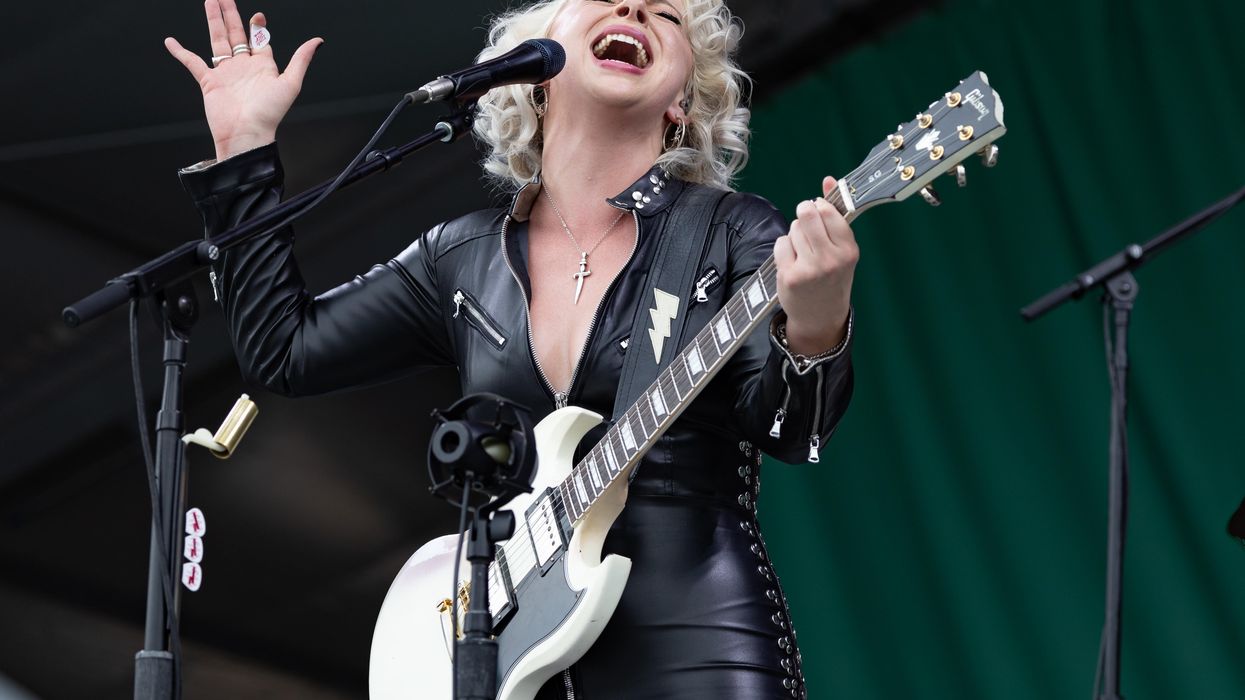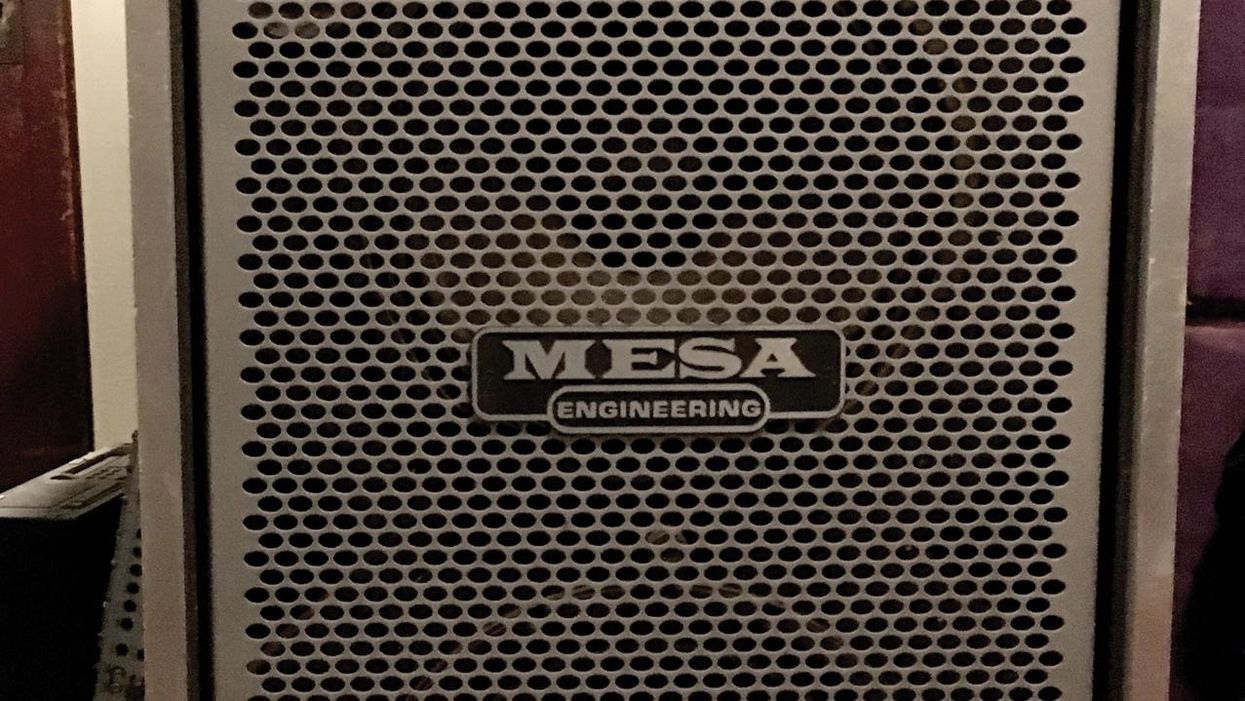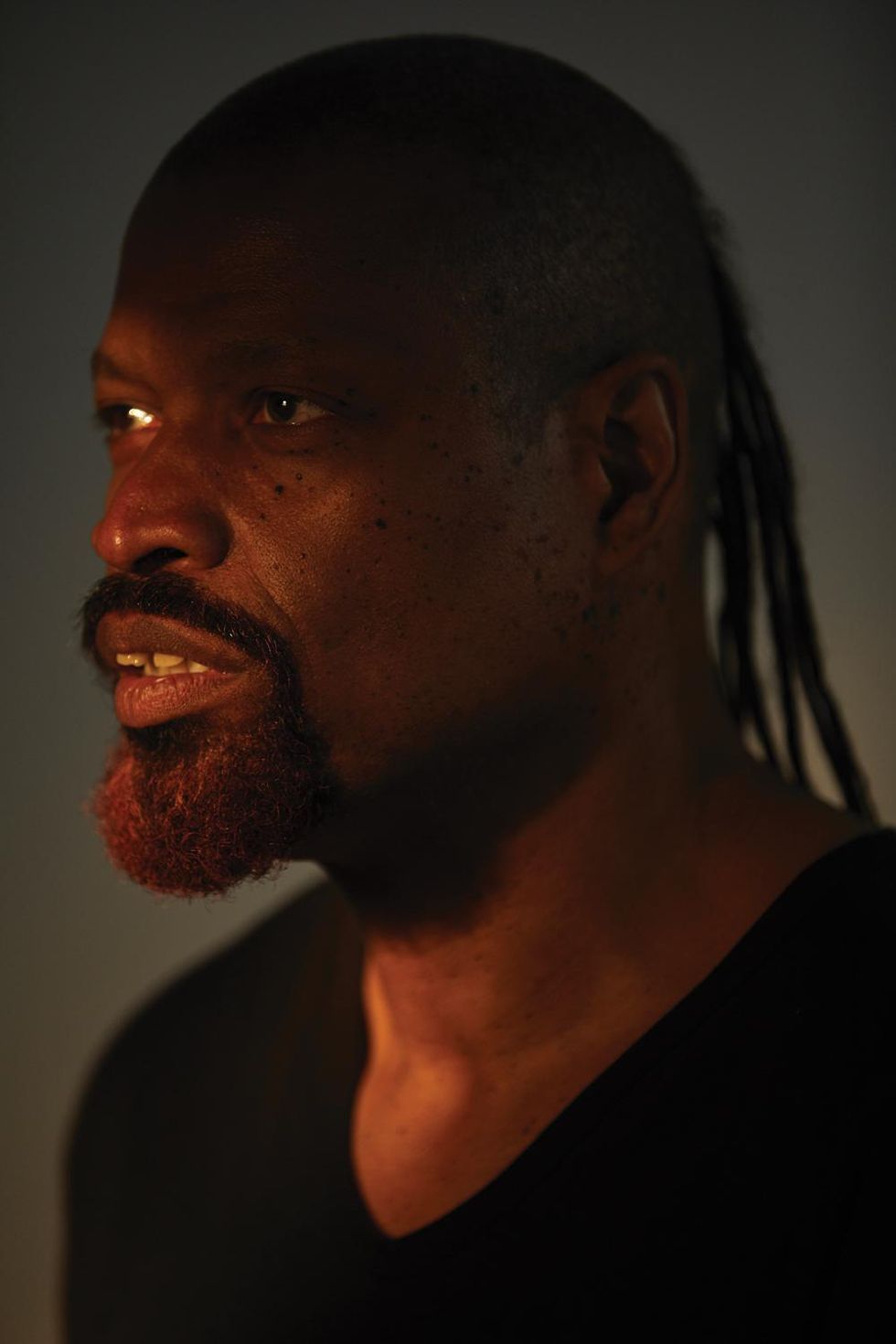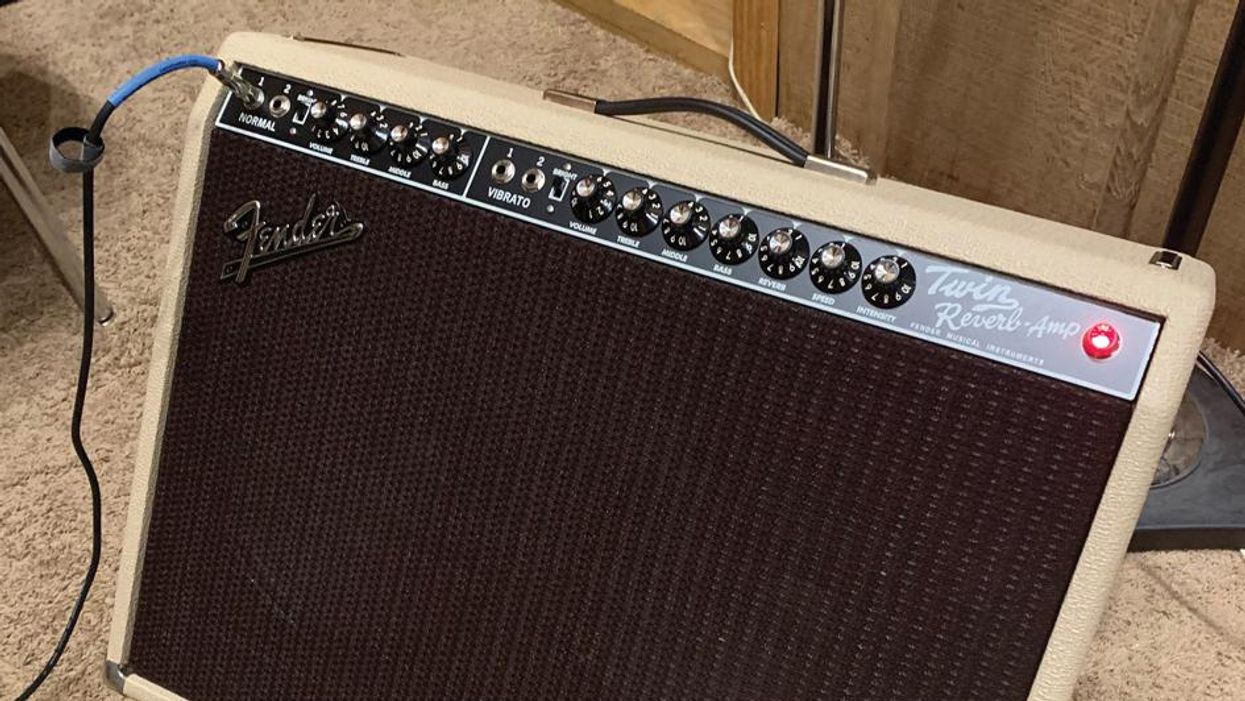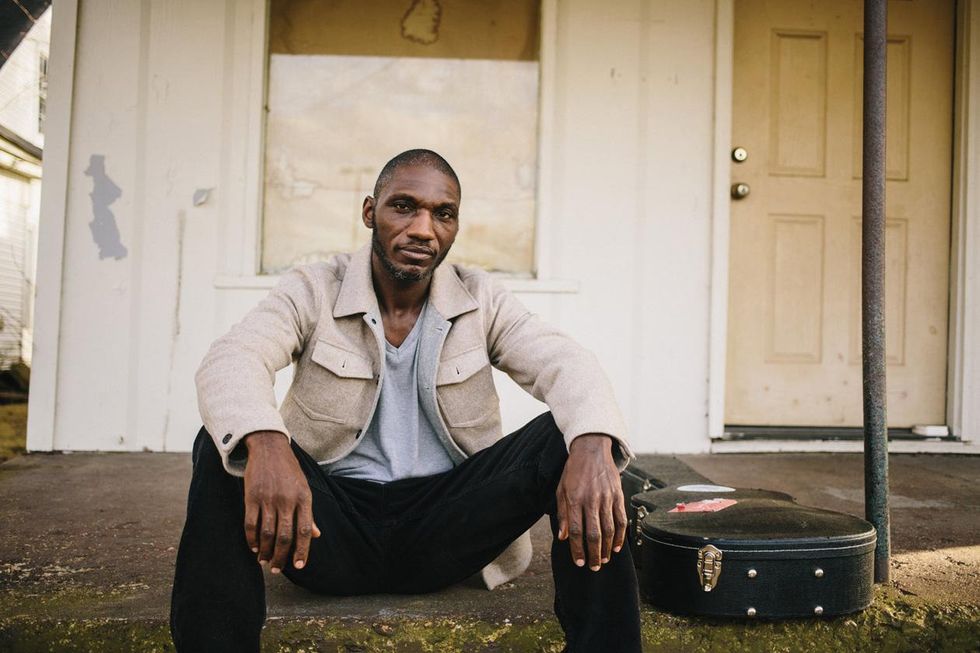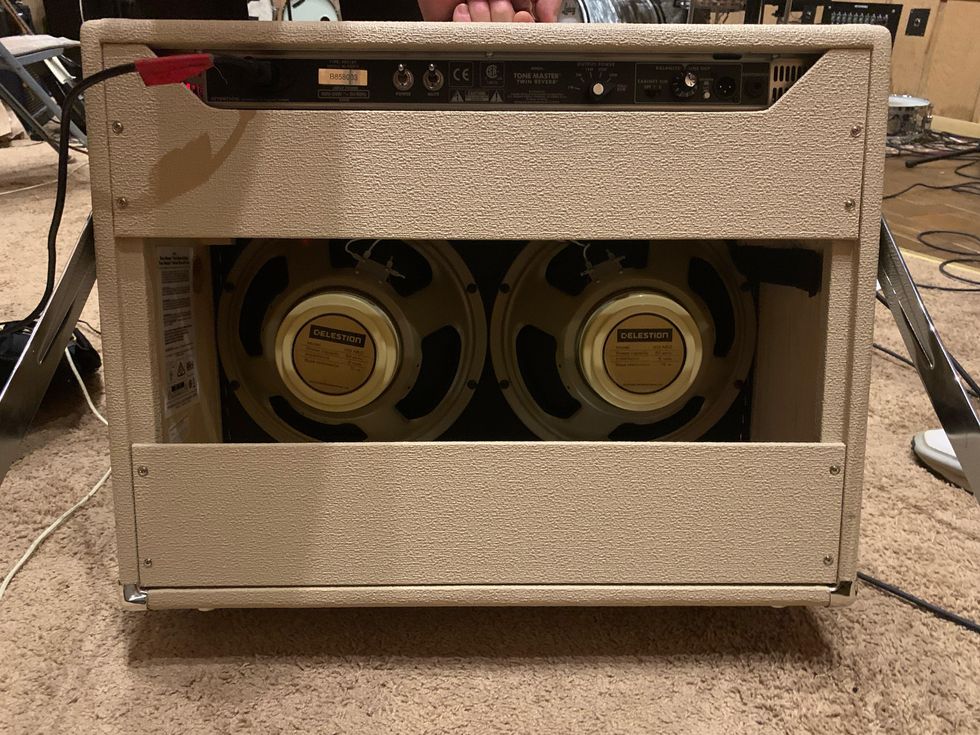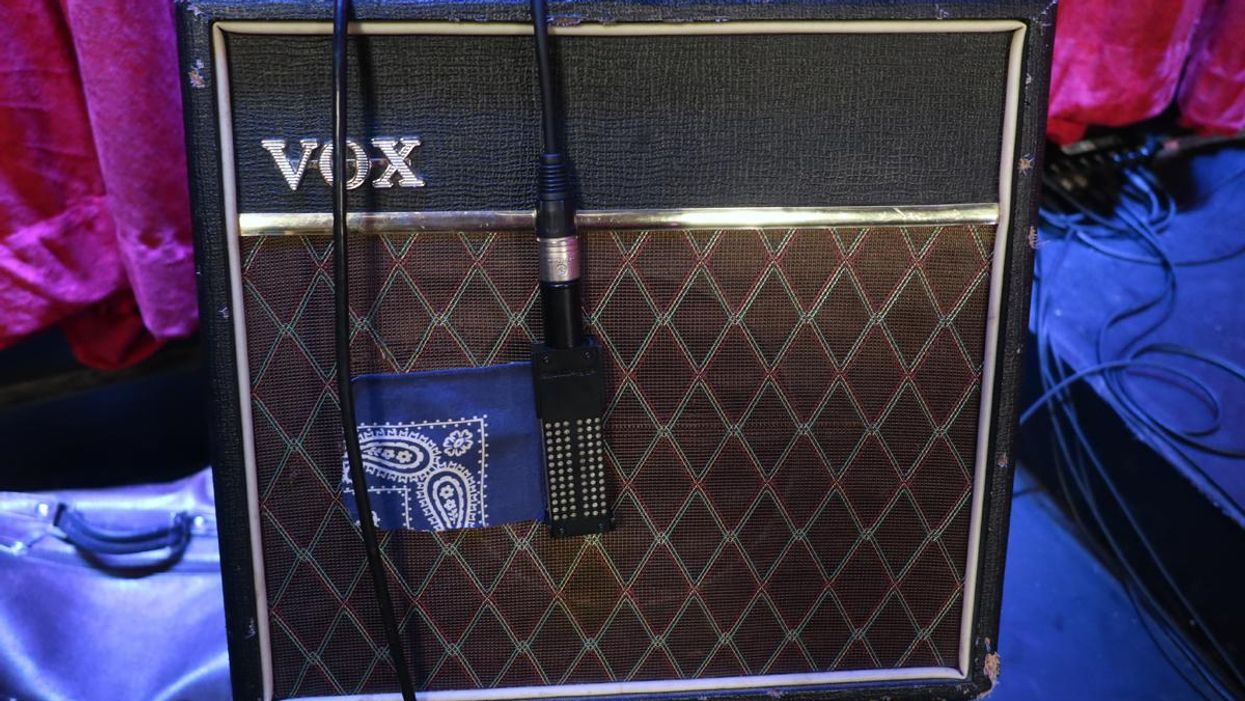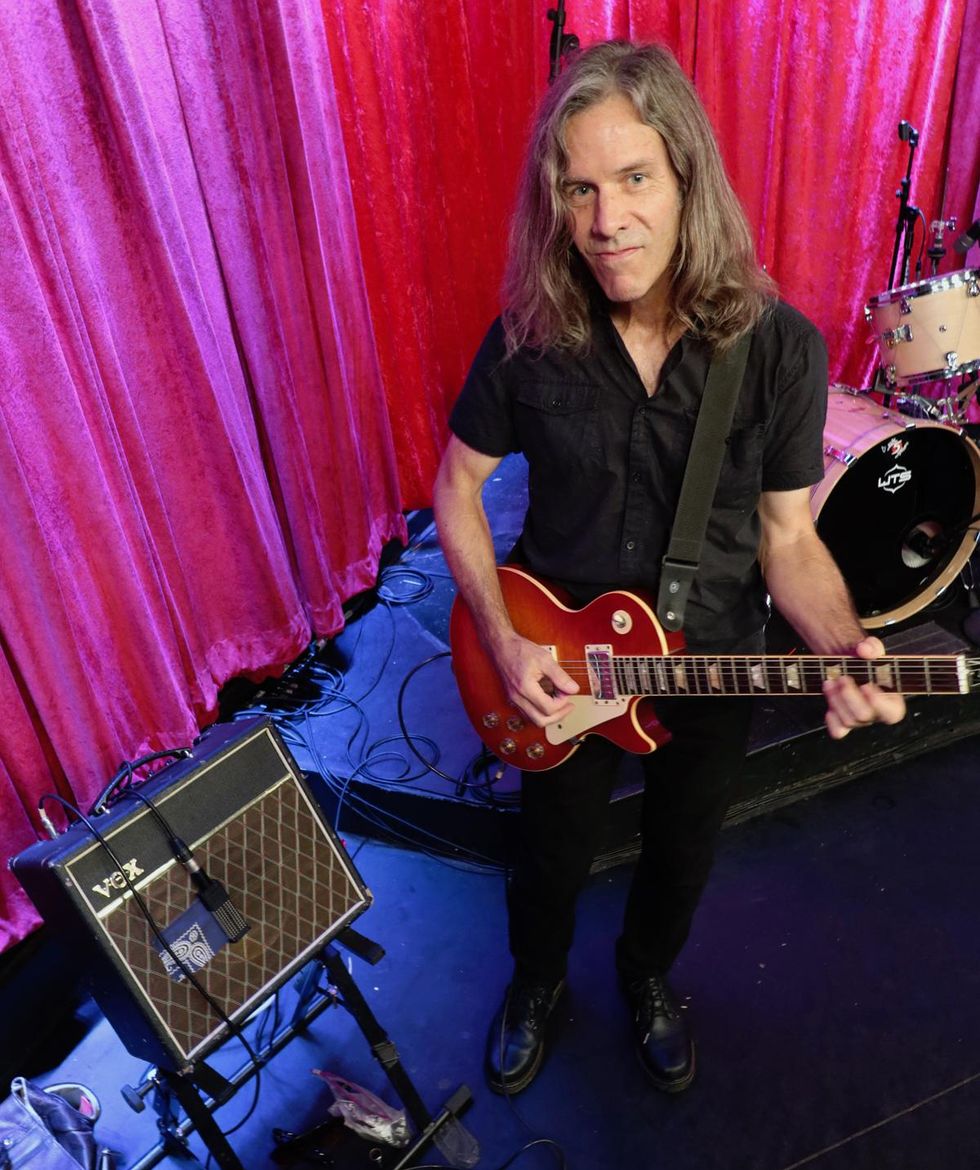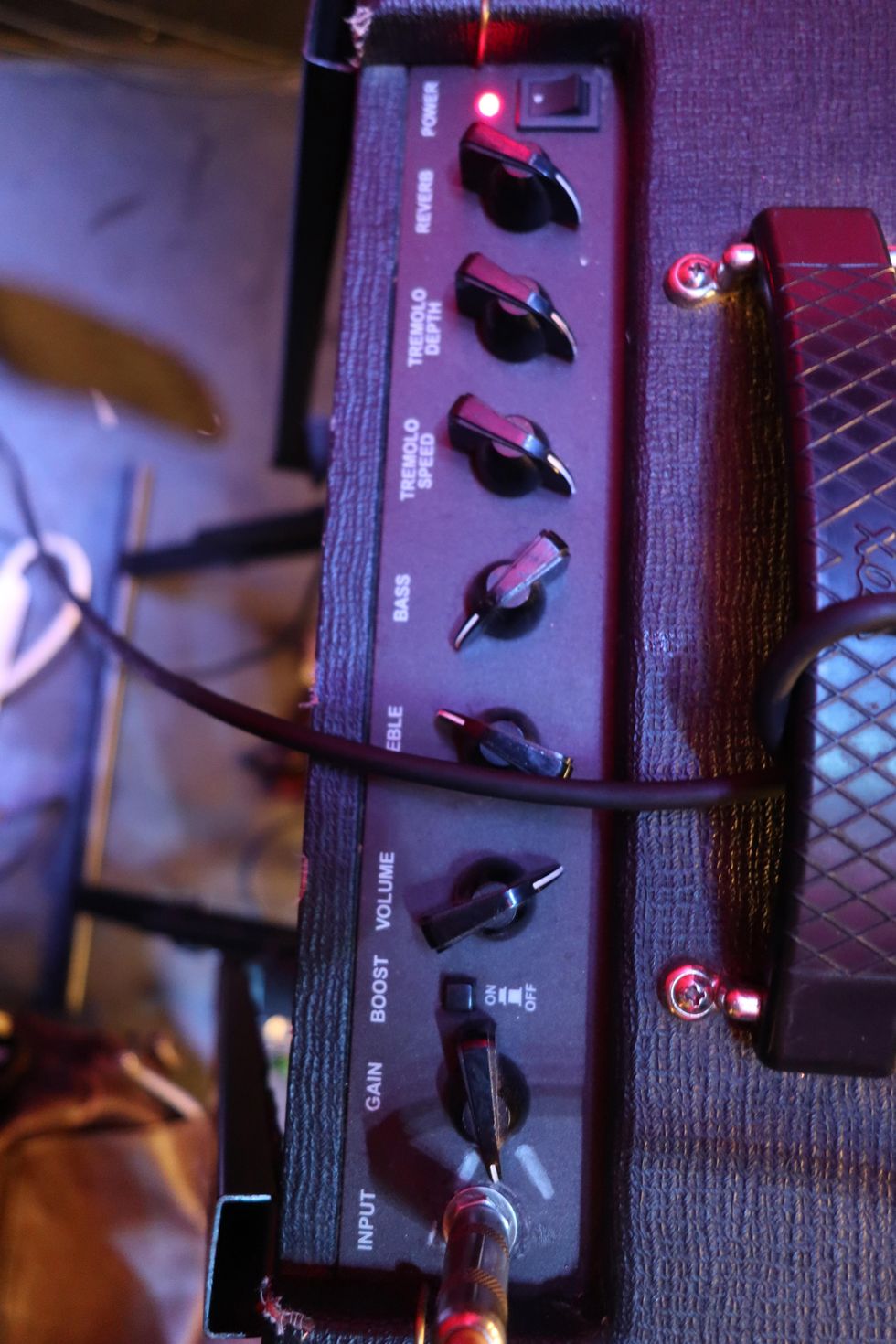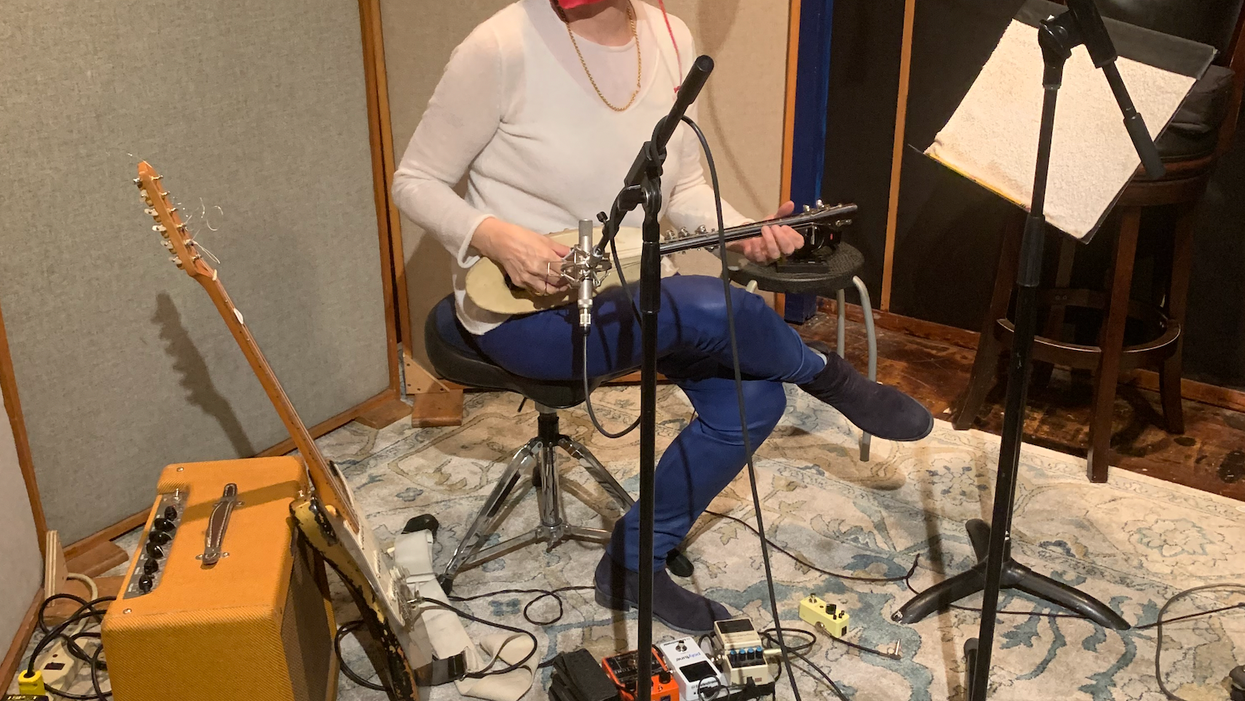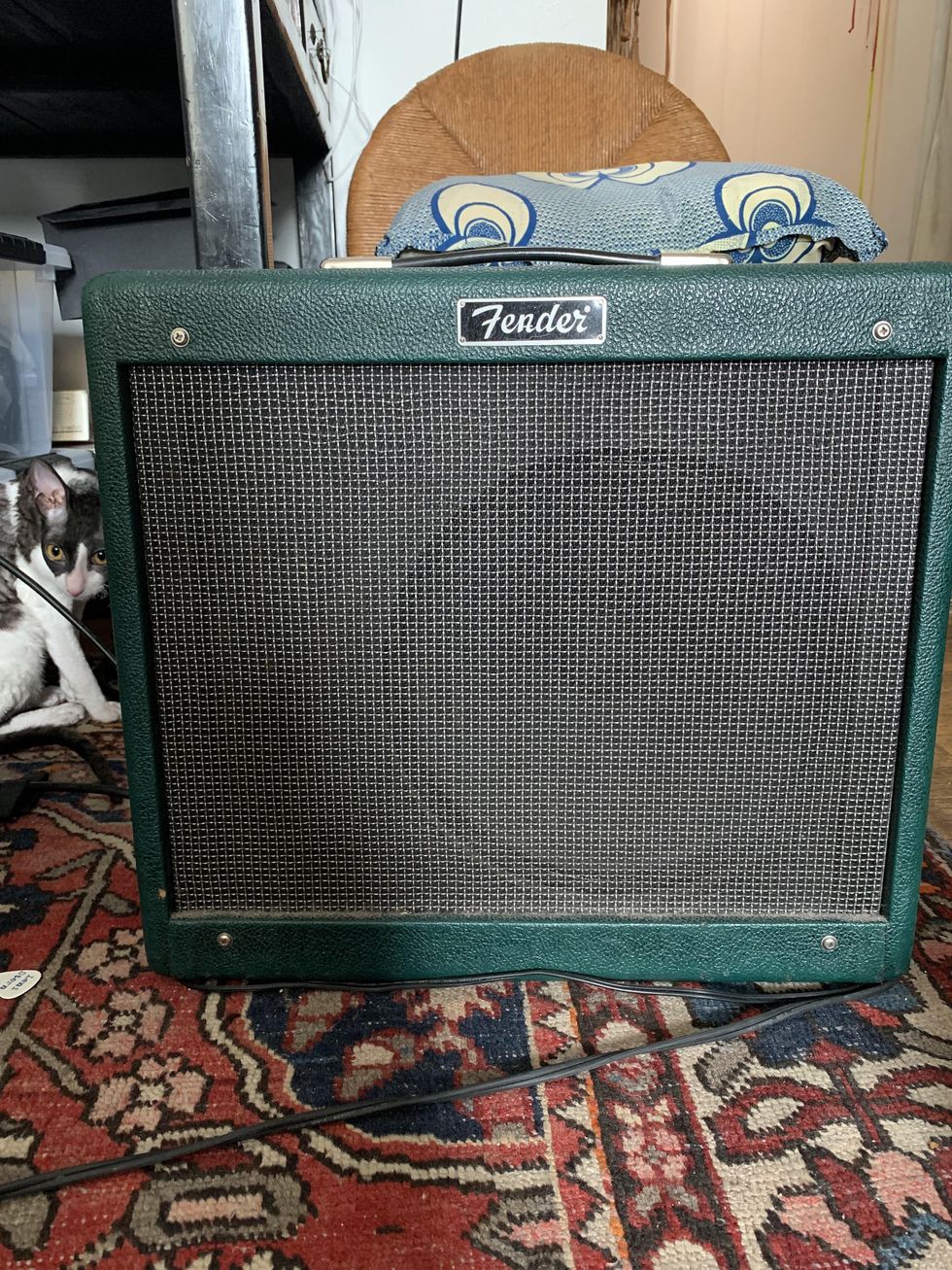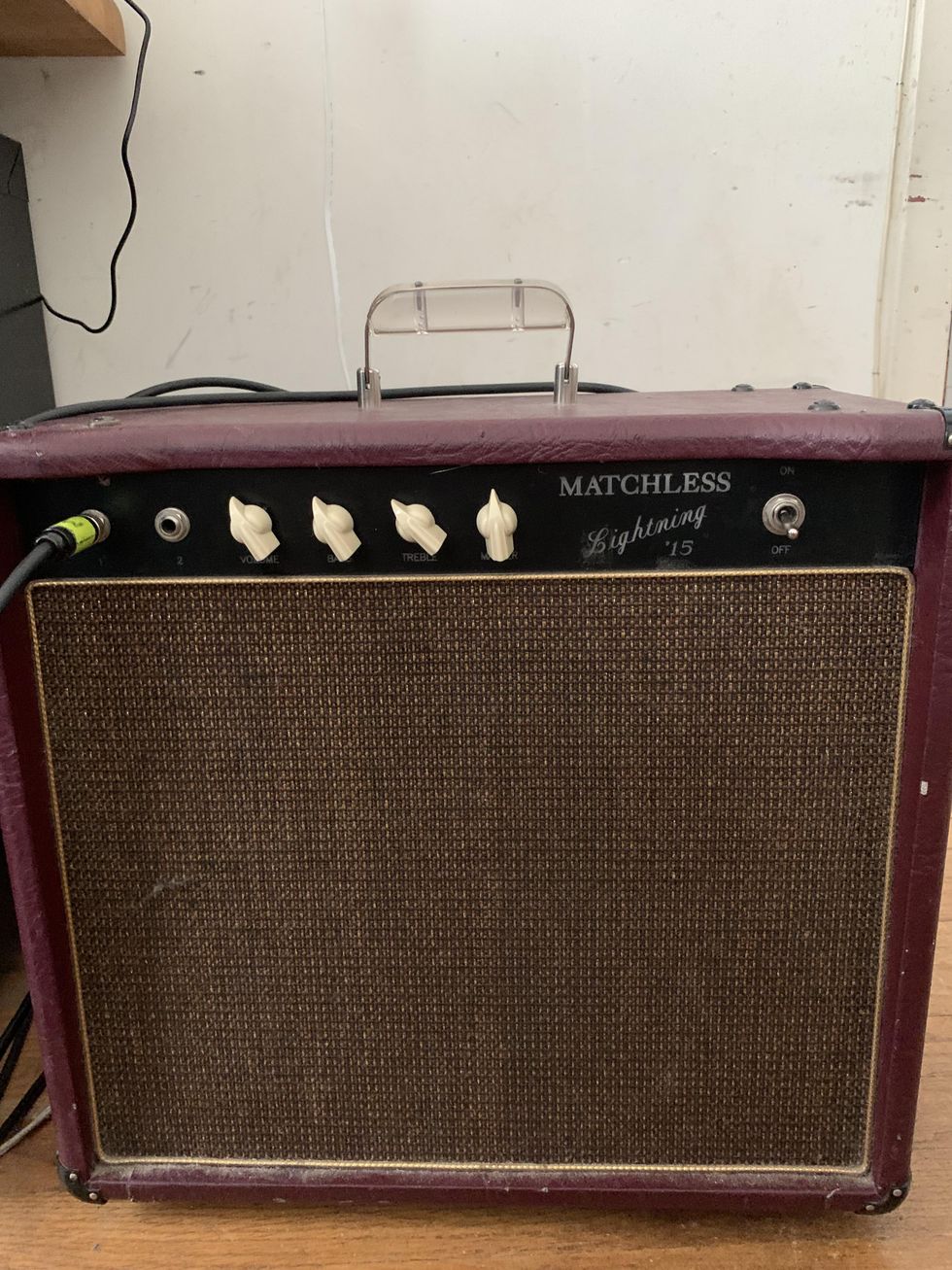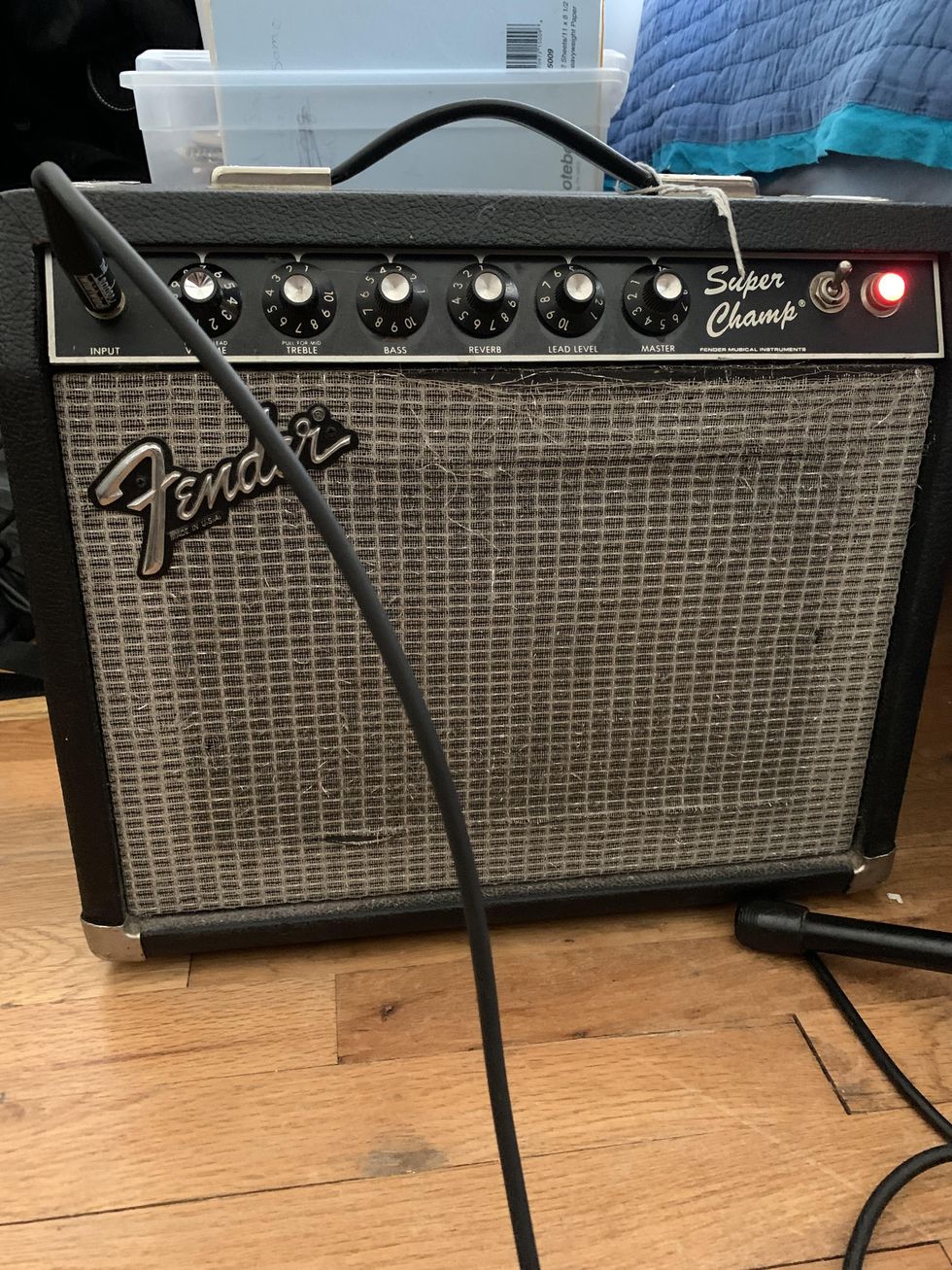Roots-guitar badass Rev. Peyton plays with the intensity of a charging bison. That ferocity comes from his fast, hyper-accurate picking hand blended with dexterous fretting, and it gets juiced by dirty crushed-velvet tones from a variety of evocative guitars: custom Nationals and a mother-of-pearl covered Daddy Mojo, an original 1954 Supro Dual Tone prototype, a Kay Speed Demon, and more. But the foundation for his retro-modern sound is a workhorse from 1964: a Silvertone 1484 head, which drives his 2x12 Ted Weber custom cabinet.
You can hear that Silvertone—run in parallel with a 1949 Supro Supreme, its studio-only companion—on his band's new Dance Songs for Hard Times. Both amps made the trip from Peyton's Nashville, Indiana, home to Nashville, Tennessee, to record the album at Vance Powell's Sputnik Sound studio. For an earful, check "Too Cool to Dance," where Peyton slings slick Chuck Berry licks over his own percolating bassline accompaniment, or "Come Down Angels," where his slide keens with the intensity of a gospel-choir possessed by the holy spirit. Or you can go online and watch the video he made for us, where he makes the 1484 deliver the goods with his Daddy Mojo and displays his slide approach close up.
"I ask a lot of that amp by running all those guitars in different tunings through it." —Rev. Peyton
Although Peyton has a stable of three 1484s, he found his first and favorite, the '64, while on tour with his Big Damn Band trio—which includes Breezy Peyton, his wife, on percussion and vocals, and drummer Max Senteney—at a Nashville, Tennessee, guitar shop. "This guy was moving and selling all his stuff on consignment, and I happened to be there when he came in and said, 'I need to sell all this stuff, now.'" Peyton stepped up, and his offer of $500 for the Silvertone was accepted.
The Danelectro-built 1484 model was sold via Sears from 1963 to '67. It's a 60-watt, all tube, two-channel demon, with volume controls plus bass and treble for each channel. The two channels can be daisy chained, to get more gravel, like older Marshalls. There's also on/off, standby, and ground toggles, plus a footswitch input for tremolo and reverb. It has two 6L6 power tubes, and 12AX7s run the reverb, tremolo, and preamp. While the trem is smooth and deep, the reverb on these amps is notoriously bad. That's why Peyton keeps his turned off and uses a Catalinbread Belle Epoch and an Electro-Harmonix Holy Grail to lend his tones dimension. He also sometimes uses a Rolls Tiny Two-Way Crossover to pump his signal to a bass amp.
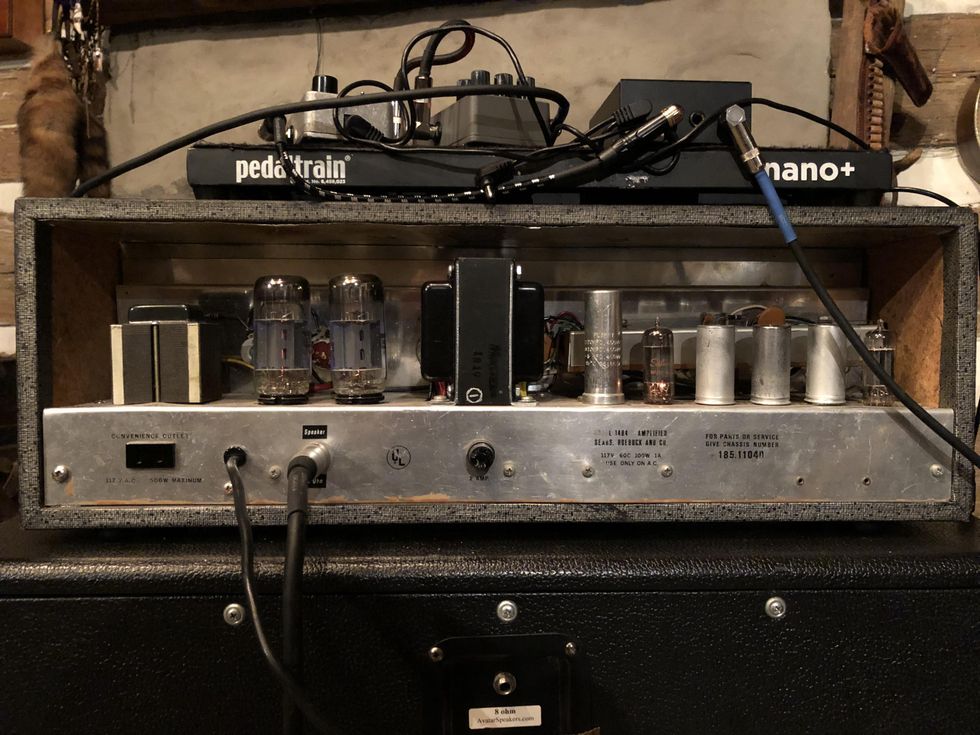
Here's a look at the tube and transformer array of the Rev.'s Silvertone 1984. There are only two mods: an out for the 2x12 and the original power cable has been replaced with a 3-prong cord for better grounding.
The 1484 head was designed so it could tuck into the back of its two-speaker cabinet for travel—a famed Silvertone flair. But as cool as those original cabinets can sound, they were made of particle board, so if they're not already feathered and falling apart when found, a few thousand miles on the road will turn them to termite chow. So Peyton had Weber build a 2x12 with its Chicago speakers as his 1484's reliable companion. It's also in the video, online.
The fret-burning Peyton sets treble at 3 o'clock, bass at 7 o'clock, and volume at 9 o'clock. "I don't like to run my amp loud," he says. "At these settings, I get a good clean tone with a little break-up, so it's nice and creamy," he says. "I use a wide variety of guitars—at any given show, seven or eight—and it works great with all of them." That's impressive, given the wide range of pickups and construction in his new and vintage instruments, and that he uses tunings—like open G, Eb, C#, drop standard—with low-string frequencies that can make some amps sound like they're passing gas. He also eschews distortions, fuzzes, and overdrives.
So, what's Peyton's secret to maintaining great, just-the-right-amount-of-hair tone with gold-foils, single-coils, and humbuckers of all ages? "I use an MXR 10-band EQ that's been my secret weapon forever," he says. "I ask a lot of that amp by running all those guitars and tunings through it and being able to adjust a frequency here and there keeps my sound sparkly, creamy, and thick, with just the right amount of break-up."
Rev Peyton’s Big Damn Tone: 1964 Silvertone 1484 Demo (Love & Sockets)
Here's a look at the tube and transformer array of the Rev.'s 1984. There are only two mods: an out for the 2x12 and the original power cable has been replaced with a 3-prong cord for better grounding.
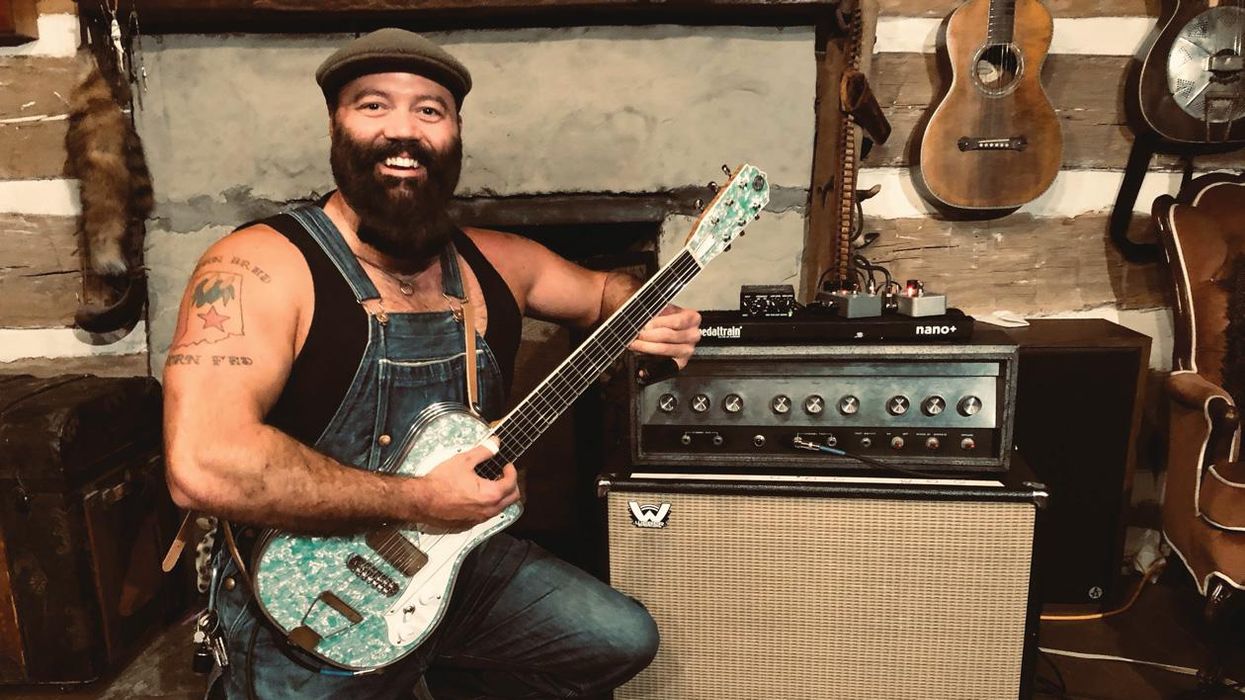

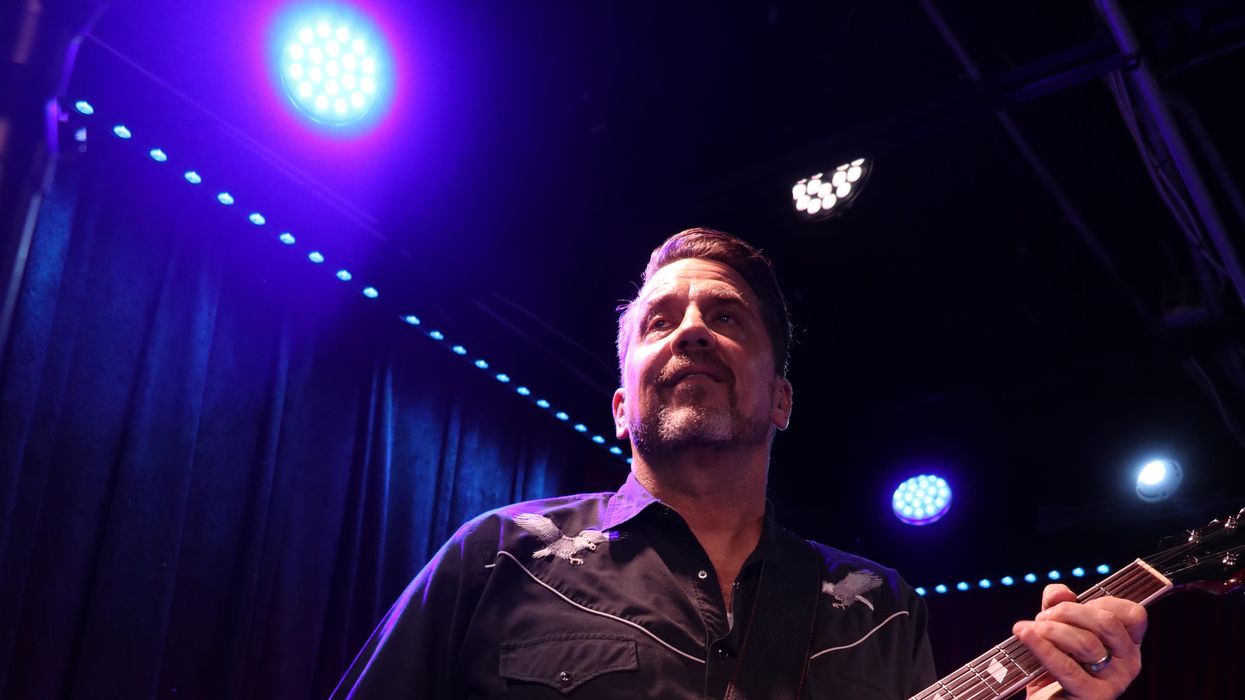
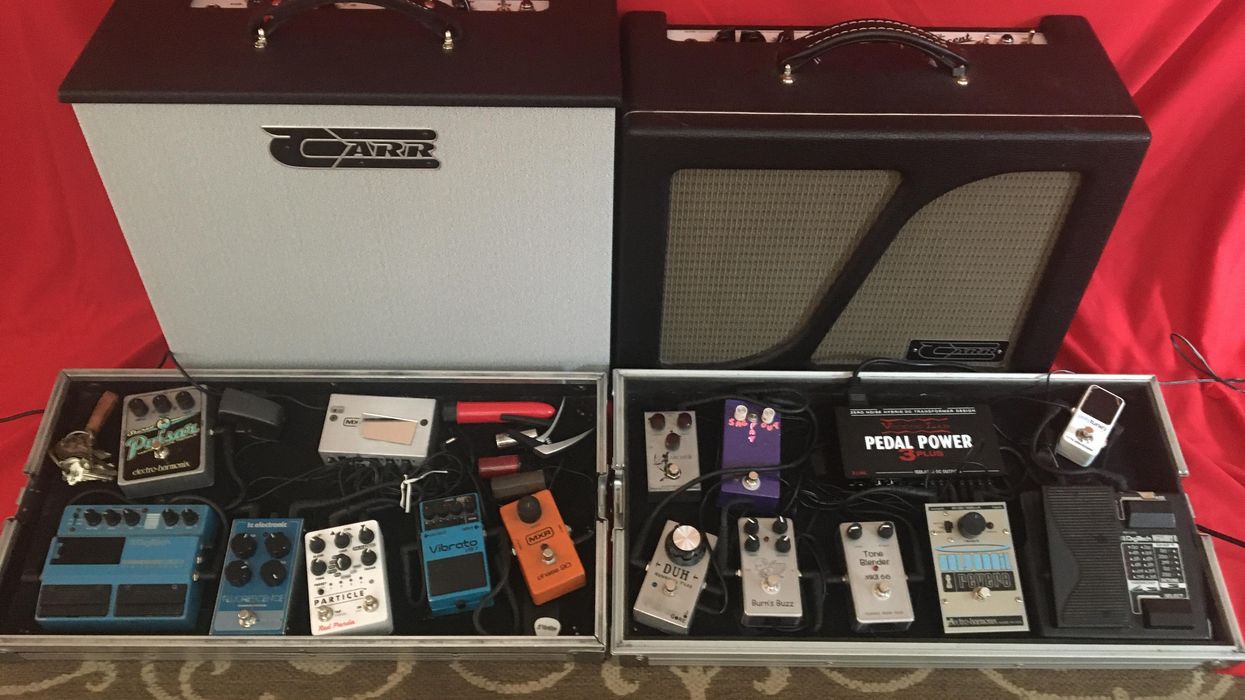

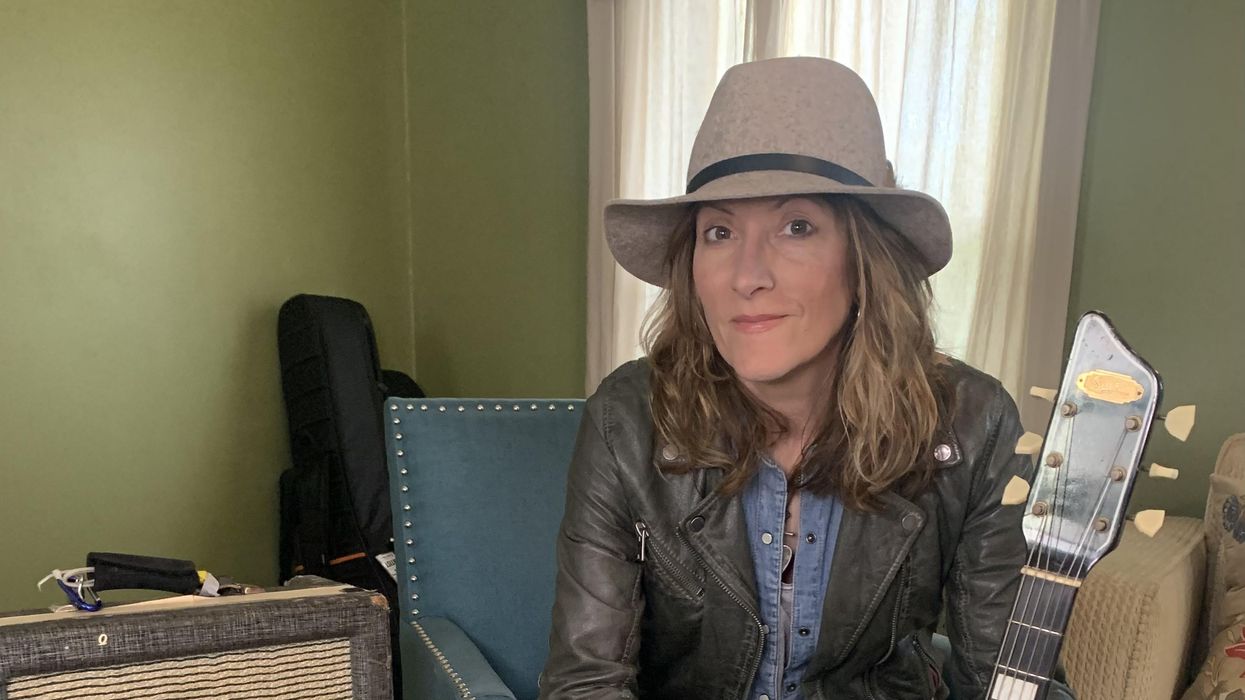
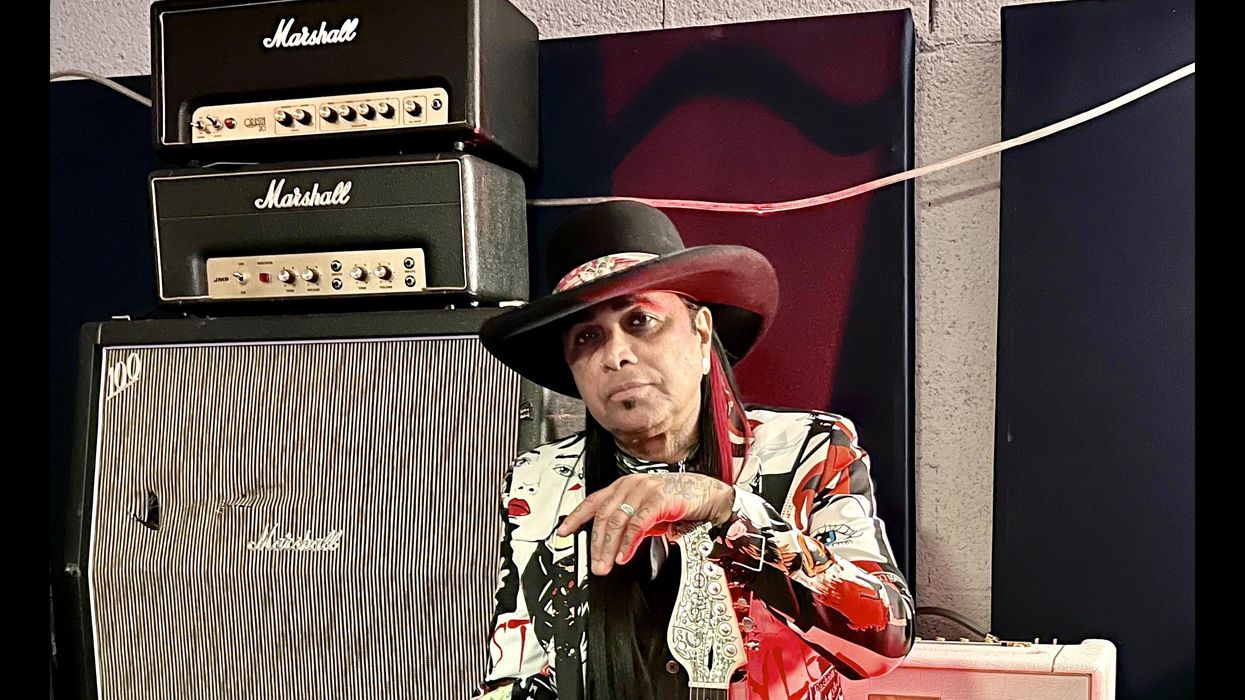

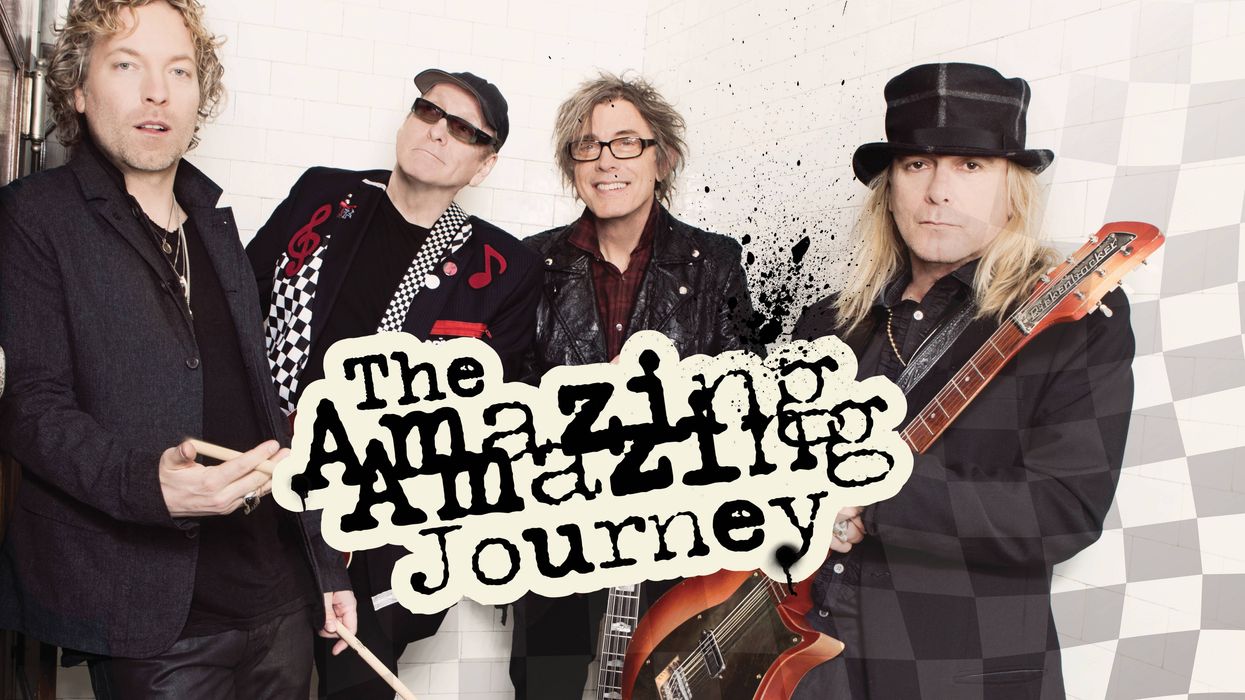
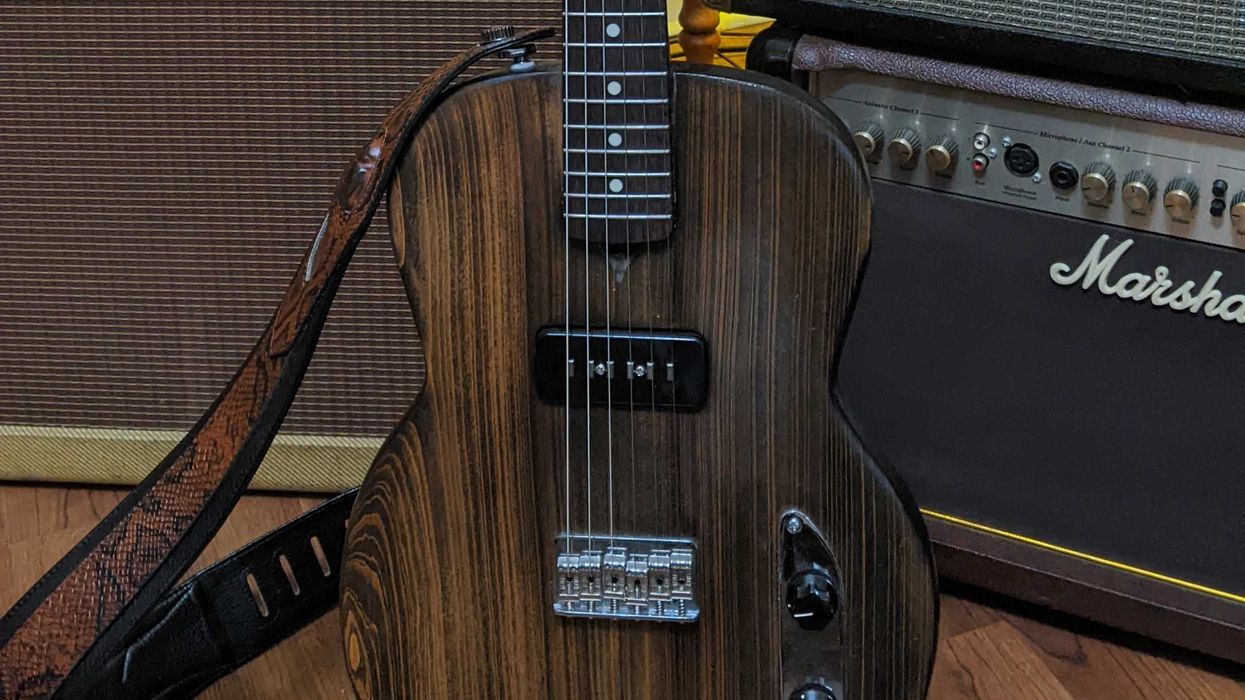
![Devon Eisenbarger [Katy Perry] Rig Rundown](https://www.premierguitar.com/media-library/youtube.jpg?id=61774583&width=1245&height=700&quality=70&coordinates=0%2C0%2C0%2C0)

